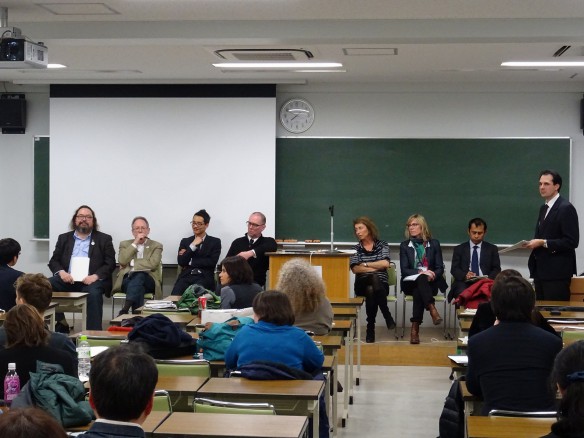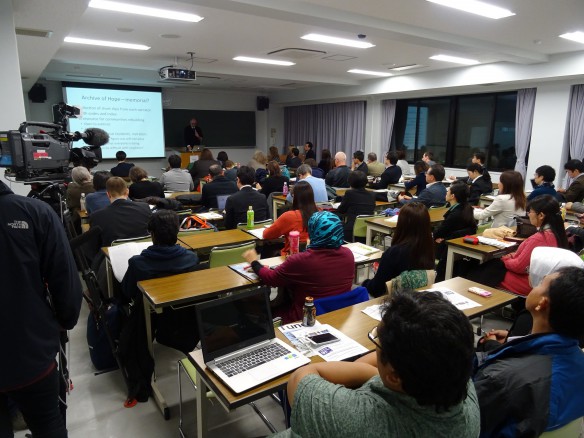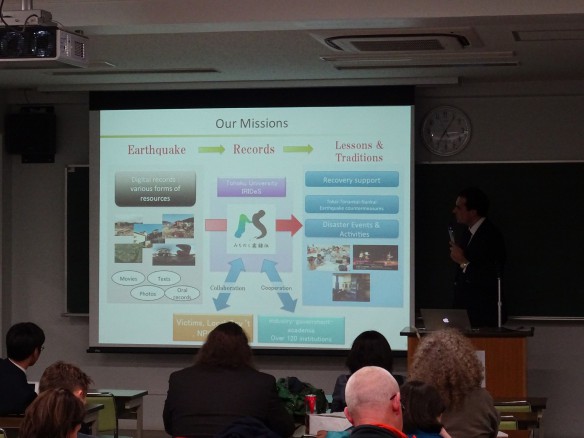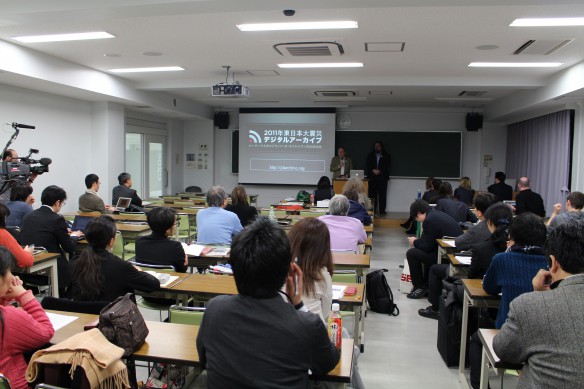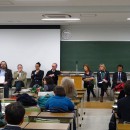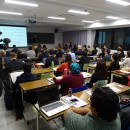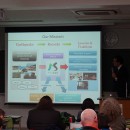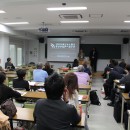ID:184 Archiving and Memorializing Disasters International Workshop
- Date
- 2015-03-16(Mon)
- Time
- 17:30-19:45(Door Open 17:15)
- Venue
- Tohoku University Kawauchi-kita Campus C206
Report has released
- Language
- English
Contact/Entry
E-mail:shibayama*irides.tohoku.ac.jp (Please replace * to @)
International Research Institute of Disaster Science, Tohoku University
Organization
Tohoku University International Research Institute of Disaster Science (IRIDeS)
Tags
Report
| Number of participants | 65 |
|---|
Archiving and Memorializing Disasters was a public forum held by the Michinoku Shinrokuden Digital Archives of the International Research Institute of Disaster Science (IRIDeS). Its aim was to instigate a discussion over the nature and the roles of archives and memorialization of disasters on the premise that large-scale disasters not only cause incommensurable losses but also provide important information and critical knowledge for Disaster Risk Reduction. This information materializes in the form of digital archives and memorialization (i.e. tangible and intangible acts of remembrance, such as private and public ceremonies, secular and religious memorial monuments and sites, and also story telling and formal disaster education).
For this event, leading experts were invited from the USA, Europe and Asia. Prof. Andrew Gordon and Prof. Ted Bestor (Harvard University), Muzailin Afan (Syiah Kuala University) and David. H. Slater (Sophia University) discussed the impact of digital information and technology in three disaster archive projects: Japan’s 2011 Disasters, Digital Archives of Tsunamis in Aceh (DATA) and Voices from Tohoku. Investigating disaster memorialization, Susann Baez Ullberg (Sweden National Defense College), Ryo Morimoto (Brandeis University) and Sébastien P. Boret (Tohoku University) demonstrated the process and role of memorialization in post-disaster communities of Japan and Argentina. Perceptible in all these presentations, the presentation of Susanna Hoffman (Hoffman Consulting) on the representations of disasters in art and legends across time and cultures confirming the idea that archiving and memorializing have been two long-lived practices forming both sides of the memory of human disasters.
The first challenge identified is to understand how memories of disasters are kept alive implicitly and explicitly across cultures. Relating to this, the second requisite is the understanding of archives and memories as dynamic processes requiring both technological knowledge and creative thinking. In order respond to these two challenged, we identified the following needs:
- Develop an international meta-database of disaster archives
- Advocate for the mainstreaming of memorialization into disaster recovery and prevention
- Identify and promote relative standards for archiving and memorializing disasters
The workshop concluded with an immediate call for the creation of an international meta-database and research group of disaster archives and memorialization.
Outline
Large-scale disasters such as the Great East Japan Disaster causing incommensurable and unrecoverable losses also provided important information and critical knowledge for Disaster Risk Reduction. We particularly feel that the wealth of data recorded by universities, disaster institutes and societies as a whole must serve to improve local and international policy in order to reduce the impact of future natural hazards. To this effect, the International Research Institute of Disaster Sciences (IRIDeS) with the support of its international network has been organizing yearly international symposiums on the topic of disaster archives since January 2012. Building on the momentum of the WCRRD, we would like to expend this endeavor to issues of disaster memorialization. As we understand it, memorialization includes any tangible and intangible acts of remembrance, such as private and public ceremonies, secular and religious memorial monuments and sites, and also story telling and formal disaster education. Considering the natural and social dimension of disasters, the session would also like to build a bridge between natural and social scientists, and between academic scholars and professional, to tackle both practice and theory. We believe that archives and memorialization form the necessary basis for any society to prepare for and protect itself and its vulnerable populations from future disasters.Detail
17’30~17’40 Opening Address
17’40~17’55 Digital Archives of Japan’s 2011 Disasters
Ted Bestor and Andrew Gordon Reischauer Institute of Japanese Studies, Harvard University, USA
17’55~18’10 Digital Archive of Tsunamis in Aceh (DATA)
Muzailin Afan, Syiah Kuala University, Indonesia
18’10~18’25 Voices from Tohoku: Memorialising through Video Archives of Disaster Japan
David Slater (paper co-authored with Maja Veselic), Institute of Comparative Culture, Sophia University, Japan.
18’25~18’35 Break
18’35~18’50 Urban flooding and landscapes of memory
Susann Baez Ullberg, National Defense College, Sweden
18’50~19’05, Archiving and Memorialising Disasters Through Expressive Culture: Art, Story, Song, and Legend
Susanna Hoffman, Hoffman Disaster Consulting, USA
19’ 05~19’20 Mainstreaming Memorialisation in Disaster Risk Reduction
Sébastien P. Boret, IRIDeS, Tohoku University, Japan
19’20~19’35 Atoms for Memory: Some challenges for Archiving and Memorializing the Fukushima Nuclear Disaster.
Ryo Morimoto, Department of Anthropology, Brandeis University, USA
19’35~19’55 Discussion
19’55~20’00 Closing remarks


